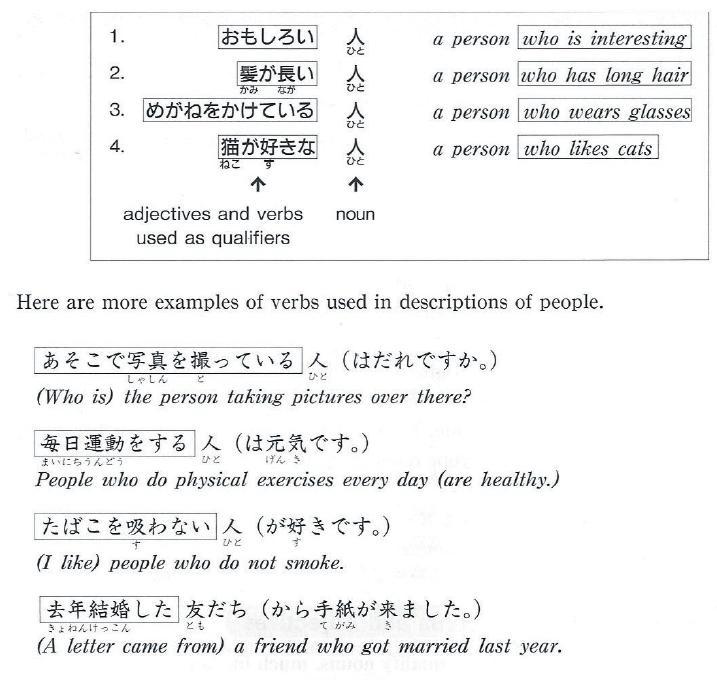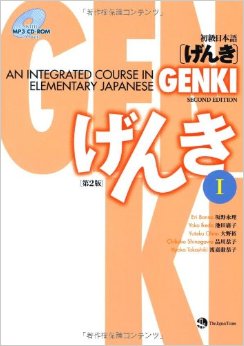"Genki I is the most highly regarded teaching text book on the Japanese language" - Eri Bano (Author)
As an ESL teacher who gives private lessons to Japanese students online, I made the decision to study a bit of Japanese on my own not too long ago. Being bilingual in Spanish I never had a problem teaching English to my beginner level Latin American students and there were so many times when I took my skills for granted. When I made the switch and began teaching Japanese students I realized that knowing the language, or at least having some knowledge of it, would be very useful.
Through word of mouth I came across Genki and at first glance it seemed like a promising Japanese text book. The table of contents seemed to have everything I was looking for: lessons centered on everyday situations, verb tenses, vocabulary, and a thorough explanation of basic Japanese characters (kanji and hiragana). The 23 lessons in this book provide very in depth explanations of grammar structures and there is also a very strong focus on writing and reading. What I liked about this book is that each lesson is somehow connected to the previous one and the book has a good flow and rhythm. The independent learner can literally feel they have progressed with each chapter because if just one aspect of a lesson is not completely understood then the future lessons will not make as much sense. I feel that this type of structure, although a bit challenging, can help students learn the basics of the language more efficiently.

Students will work on activities which focus on socializing and getting to know new people, shopping, asking for directions, describing people, telling time, and most importantly writing and reading in Japanese.
You will also find that this book comes with 6 audio CD’s, but unlike most listening exercises you would find in a typical language course, the audio activities do not focus on comprehension. Instead the exercises focus on listening and repetition activities which help the student learn proper pronunciation and intonation. I also found the audio CD’s are very useful for memorizing common Japanese characters.
This book is great for establishing a solid base in the language, but the book has some things which might seem unattractive to independent learners. From the very beginning there is a lot of attention placed on writing and reading and as the book progresses there are even entire pages written in Japanese without any English translations. Having said this I feel that having some knowledge of the Japanese alphabet/characters before getting started with the book could be very helpful. Another thing to keep in mind about this book is its structure.Although the topics in each lesson are different, the teaching method can be extremely repetitive. Each chapter seems to follow a specific pattern and there does not seem to be too much variety with the exercises in each chapter.This is just something to keep in mind, but I feel that patient and dedicated students who are serious about learning the language should not have too much trouble with this.
The content in this book will not get you speaking and understanding Japanese quickly, but it will help you learn the language through a long and in depth process. This book claims to be a perfect self-study course book, but I feel that in order to get the full benefit of this book, independent learners should be assisted by a tutor or teacher.Those who will benefit the most from this book are teachers since the content and explanations in each chapter are perfect for lesson plan ideas and print out activities. For the perfect self-study course I would recommend using this book alongside Japanese Kanji & Kana: A Guide to the Japanese Writing System by Wolfgang Hadamitzky and Mark Spahn.




